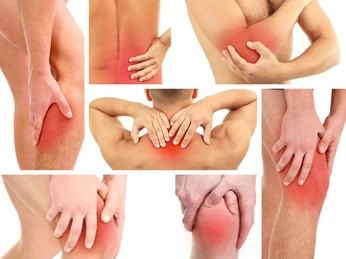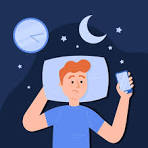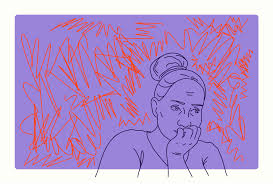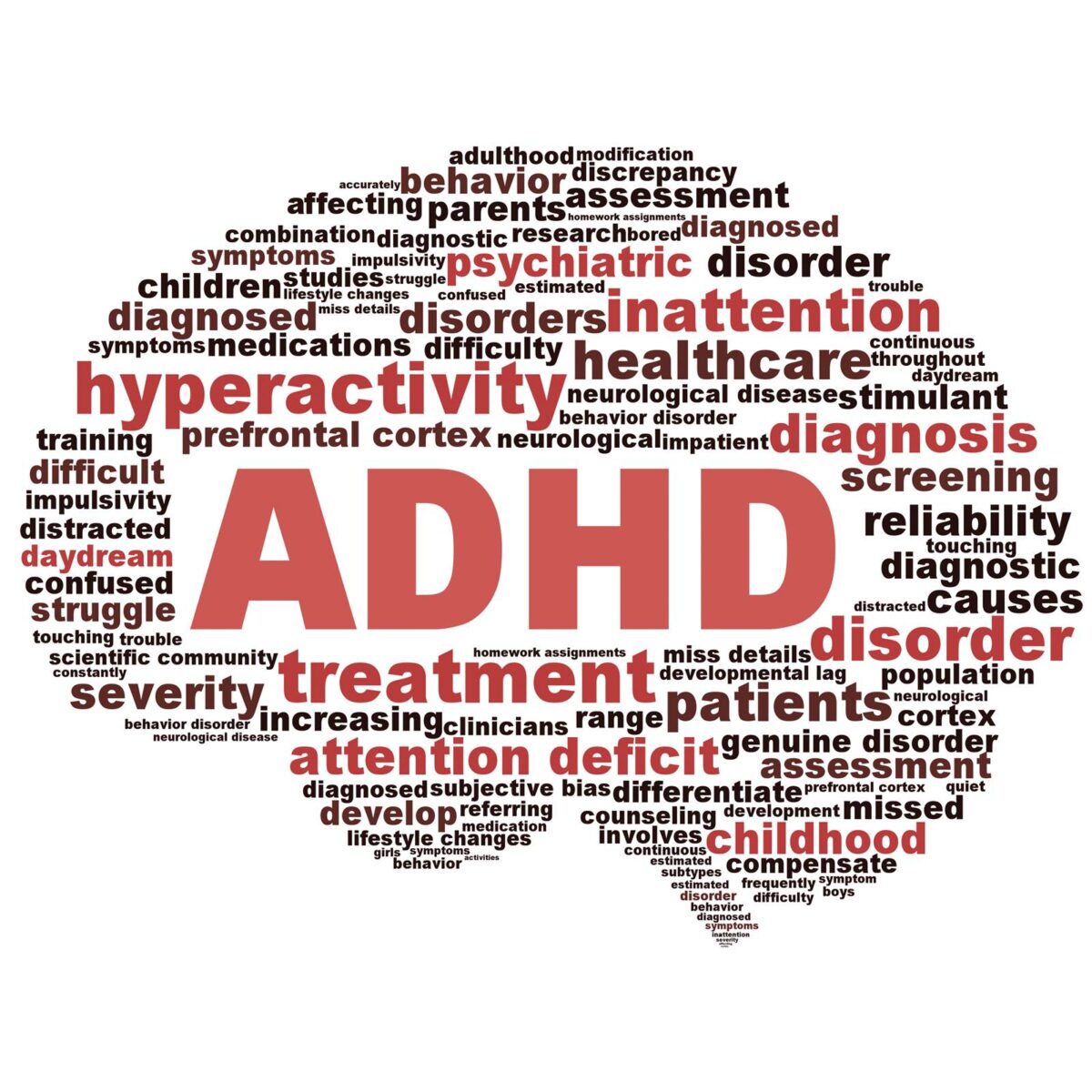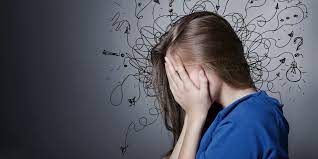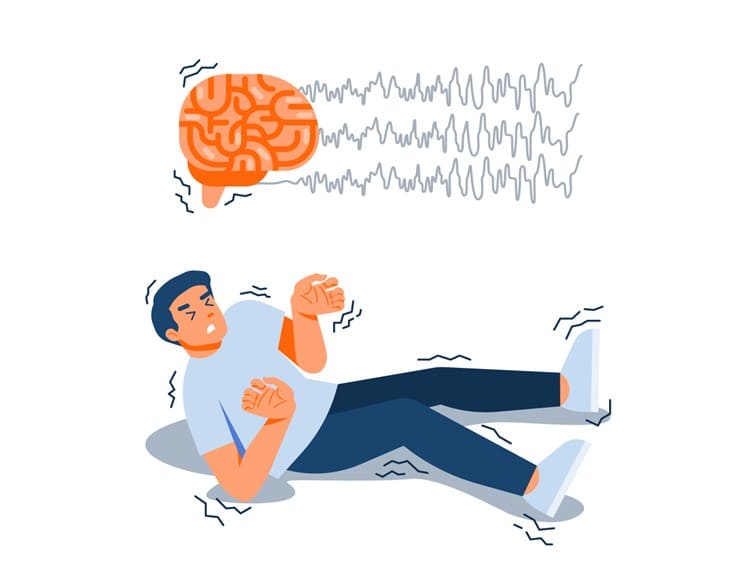In the labyrinth of human experience, pain serves as both adversary and ally. It is an inevitable facet of existence, a force that can shape and define us in profound ways. Yet, it is often in the midst of our darkest moments, amidst the wilderness of our own inner turmoil, that we find the most profound opportunities for growth and transformation. This journey through the landscape of pain is not easy, but it is a journey that holds the potential to lead us towards greater understanding, resilience, and ultimately, healing.
The Character of Pain
Pain comes in myriad forms, ranging from the physical to the emotional, the psychological to the spiritual. It can manifest as the sting of a wound, the ache of loss, the torment of regret, or the anguish of unfulfilled longing. Regardless of its form, pain has a way of cutting through the veneer of our daily lives, revealing the raw, unfiltered truths that lie beneath.
At its core, pain is a signal—a messenger from the depths of our being, alerting us to areas of our lives that are in need of attention, care, or resolution. It is a catalyst for change, a call to action that demands our engagement and response. Yet, all too often, we resist this call, seeking refuge in distraction, denial, or avoidance.
The Wilderness Within
When we refuse to confront our pain, when we turn away from its demands, we find ourselves adrift in a wilderness of our own making. This inner landscape is characterized by confusion, chaos, and dissonance—a tangled thicket of unresolved emotions, conflicting desires, and unexamined beliefs.
In this wilderness, we may find ourselves wandering aimlessly, unsure of where we are or where we are going. We may feel lost, alone, and overwhelmed by the magnitude of our own suffering. Yet, it is precisely in this wilderness that we have the opportunity to rediscover ourselves—to reclaim the parts of ourselves that we have disowned or forgotten, and to forge a path towards greater wholeness and integration.
Navigating the Terrain
Navigating the wilderness of pain requires courage, patience, and self-compassion. It requires a willingness to confront the shadows that lurk within, to sit with discomfort, and to embrace vulnerability. It is a journey of self-discovery—a quest to unearth the buried treasures that lie hidden beneath the surface of our pain.
One of the most powerful tools for navigating this terrain is the practice of mindfulness. By cultivating present-moment awareness, we can learn to observe our pain with curiosity and compassion, rather than judgment or resistance. We can learn to sit with discomfort without becoming overwhelmed by it, allowing ourselves to experience the full range of our emotions without being consumed by them.
Another essential aspect of navigating the wilderness of pain is the cultivation of resilience. Resilience is not about avoiding or denying pain, but rather about finding the strength to endure it—to weather life’s storms with grace and dignity. It is about recognizing our own inherent worth and value, even in the midst of our greatest challenges, and trusting in our ability to overcome adversity.
Finding Meaning and Purpose
As we journey through the wilderness of pain, we may find ourselves grappling with existential questions of meaning and purpose. We may wonder why we must endure suffering, or what lessons we are meant to learn from our pain. While these questions may never have easy answers, they can serve as guides to help orient us on our journey.
For some, finding meaning in pain may involve drawing upon spiritual or philosophical beliefs that provide a framework for understanding suffering in the context of a larger cosmic order. For others, it may involve seeking out opportunities for growth and transformation—using pain as a catalyst for positive change in their lives and the lives of others.
Ultimately, the meaning we derive from pain is deeply personal and subjective, shaped by our unique experiences, values, and beliefs. Yet, regardless of the specific form it takes, finding meaning in pain can be a source of great solace and empowerment, helping us to transcend our suffering and find purpose amidst the chaos.
The Path to Recovery
Healing is not a destination, but a process—a journey of self-discovery and self-acceptance that unfolds over time. It is a journey that requires us to be gentle with ourselves—to offer ourselves the same compassion and understanding that we would offer to a dear friend in need.
On this journey, we may encounter setbacks and obstacles, moments of doubt and despair. Yet, it is precisely in these moments that our resilience is tested, and our capacity for growth is revealed. It is in these moments that we have the opportunity to summon the courage and strength that lies within us—to take a step forward, even when the path ahead seems uncertain.
Ultimately, the journey towards healing is a journey towards wholeness—a journey towards reclaiming the parts of ourselves that we have lost or abandoned along the way. It is a journey towards integration and self-acceptance—a journey towards embracing the fullness of who we are, pain and all.
In summary
In the wilderness of pain, we are confronted with the raw, unfiltered truths of our own existence. Yet, it is precisely in this wilderness that we have the opportunity to rediscover ourselves—to reclaim the parts of ourselves that we have disowned or forgotten, and to forge a path towards greater wholeness and integration.
Navigating the terrain of pain requires courage, patience, and self-compassion. It requires a willingness to confront our shadows, to sit with discomfort, and to embrace vulnerability. Yet, it is also a journey of self-discovery—a journey towards finding meaning and purpose amidst the chaos, and towards healing and wholeness in the midst of suffering.
In the end, it is through our willingness to engage with our pain, to navigate its twists and turns with grace and resilience, that we are able to emerge from the wilderness stronger, wiser, and more whole than we were before. And it is through this process of transformation that we come to realize that pain, far from being our enemy, is often our greatest teacher and ally on the journey of life.
